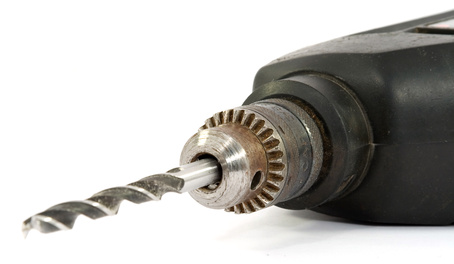
Air motors provide a continuous source of rotary power through a system involving compressed air. Because they provide a slew of advantages over electric motors, they are commonly used in a number of both high- and low-power applications. According to Atlas Copco, a Swedish industrial company, the toughness and versatility of an air motor make it an ideal power source for industrial applications.
The most common types of air motors are vane, piston and turbine. Vane motors are often used for tools requiring lower power, such as portable power tools. High-power machines that require a high starting torque use piston motors. Low-pressure, high-velocity tools like dental drills and jet engine starters use turbine motors.
Vane motors use axial vanes, which fit into slots that appear throughout the length of the motor. These vanes work by sealing interior chambers through springs, cam action or air pressure, depending on the type of vane motor. The pressure of the compressed air in the inner chambers acts on the vanes, causing them to rotate. The motor turns as the vanes rotate, and the compressed air moves from chamber to chamber.
A number of cylinders and pistons, or sliding pieces, make up piston motors. The cylinders house pistons arranged in either an axial or radial fashion. Air moves into the cylinder containing the pistons, and pressure acts on the pistons, causing them to slide outward. This force makes the cylinder rotate, which creates the torque that turns the motor.
Turbine motor operation involves a nozzle that guides air to a turbine wheel, which consists of a rotor with curved blades. As the air pushes through the nozzles, it hits the blades, turning the rotor. The turbine wheel changes a high-pressure, low-speed air flow to a low-pressure, high-speed air flow.
Air motors provide a number of advantages over electric motors. Due to its high power density, a smaller air motor can deliver as much power as a larger electric motor. They are not as susceptible to overloads as electric motors, and they generate much less heat. However, air motors are generally more expensive to operate, and electric motors control speed more accurately.